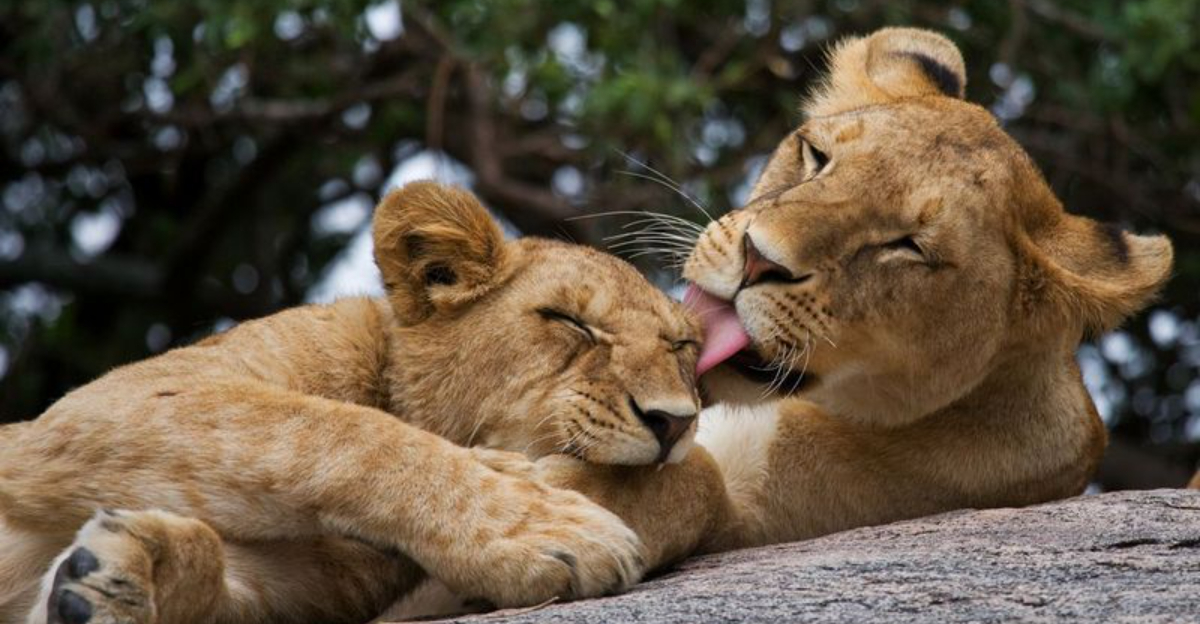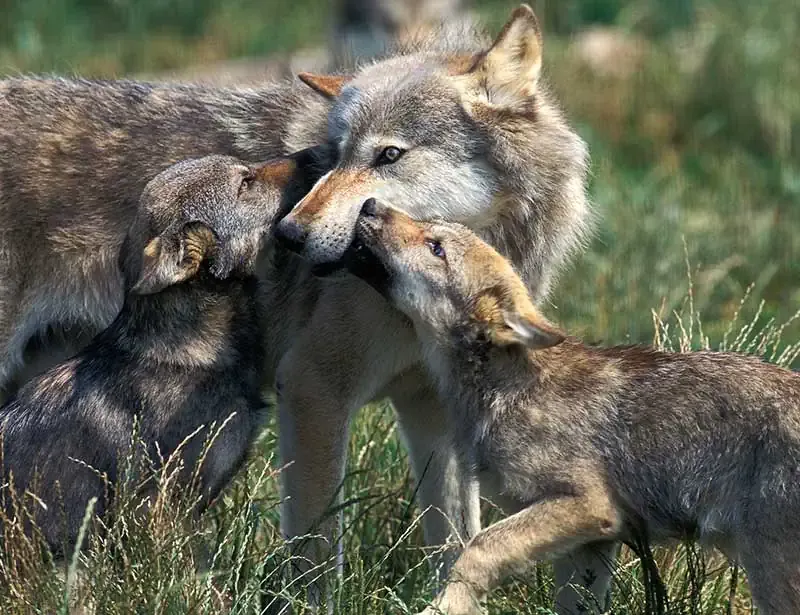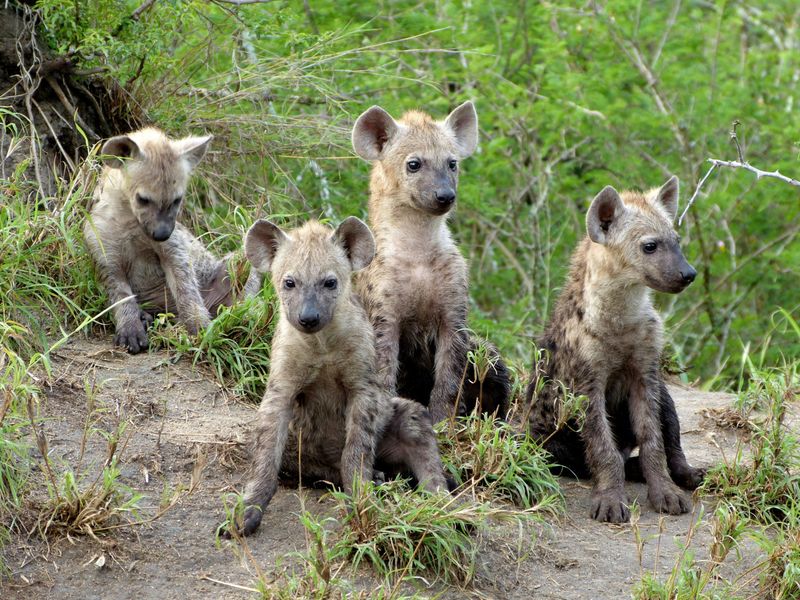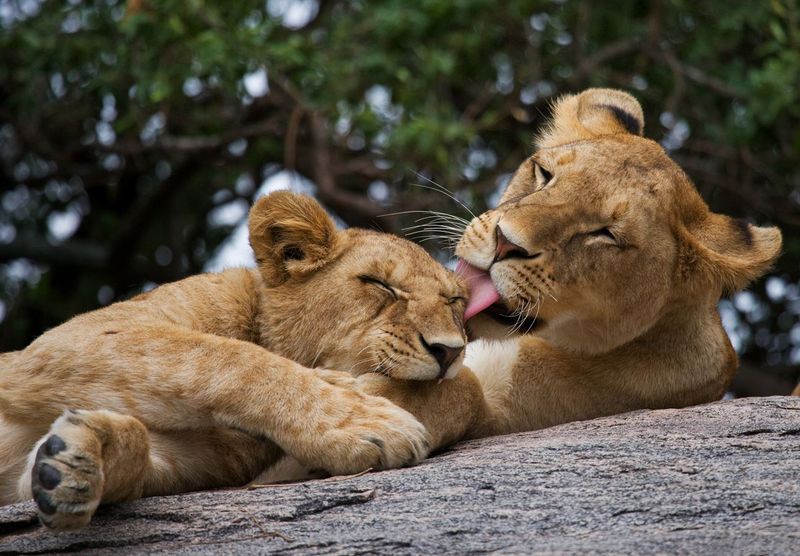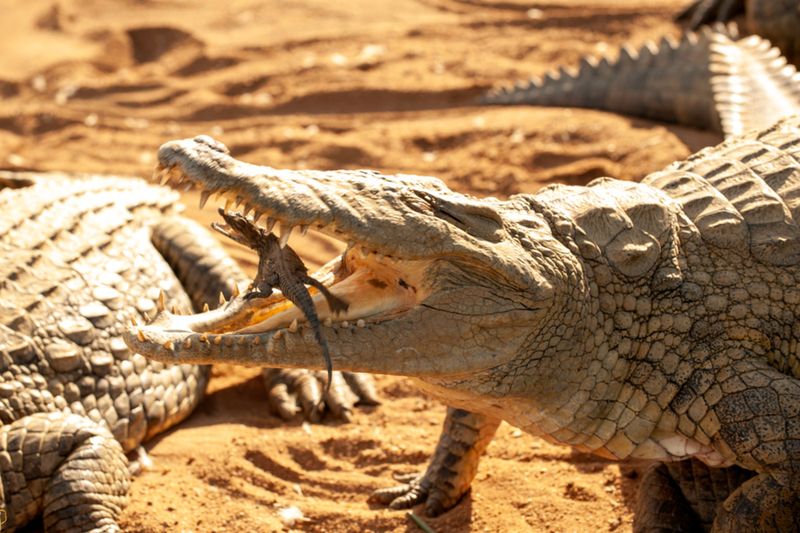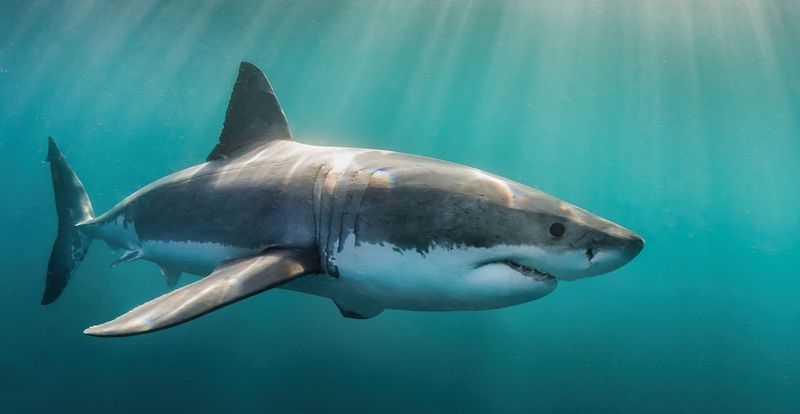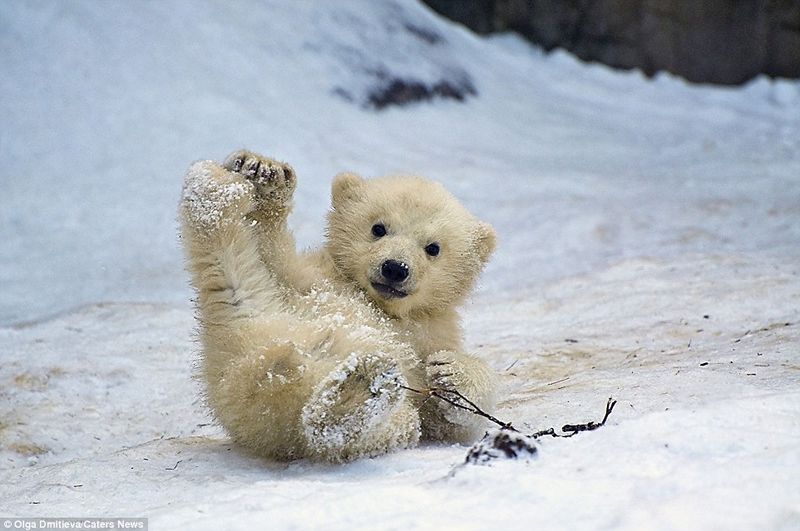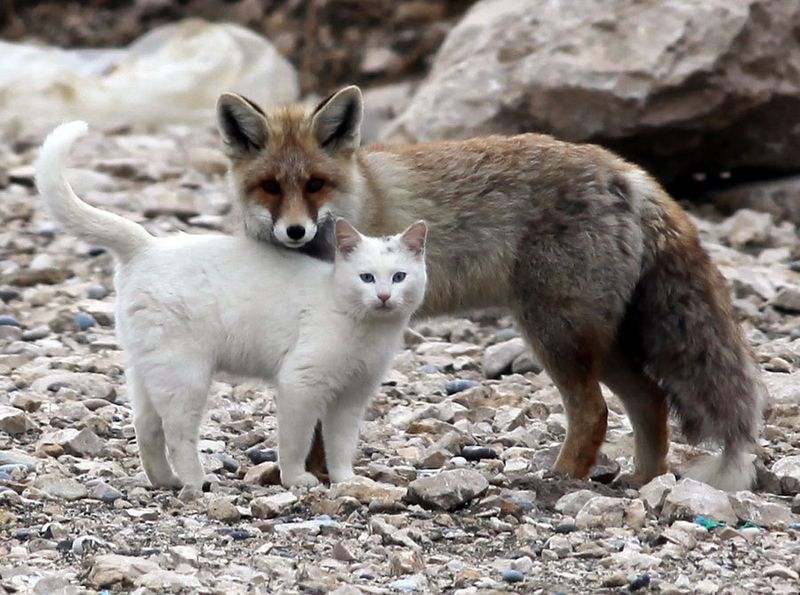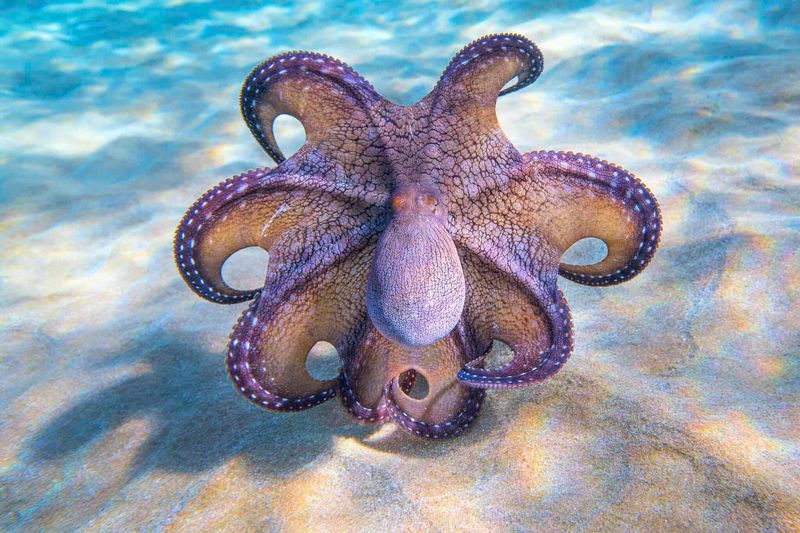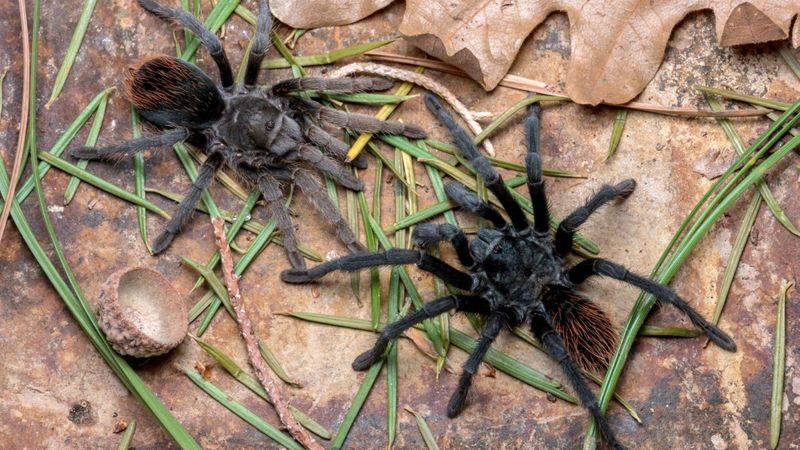📖 Table of Content:
When we think of predators, we usually picture fierce hunters with sharp teeth and claws. But many of these animals have a softer side that most people don’t know about. Some predators can form deep bonds with humans or show surprising gentleness toward their own kind. Let’s look at some hunters from the animal kingdom that might just change how you see them.
1. Wolves
Contrary to their fearsome reputation, wolves maintain complex social structures built on cooperation and affection. Pack members greet each other enthusiastically after separations, with wagging tails and face licking that resembles domestic dogs.
Adult wolves regurgitate food for pups, even when the young ones aren’t their direct offspring. This communal care system ensures all pack members survive.
Wolf packs play together regularly, with adults sometimes deliberately losing to younger members. Researchers have documented wolves forming deep bonds with human caretakers, remembering them after years of separation and showing unmistakable joy during reunions.
2. Hyenas
Behind their unsettling laughter, hyenas harbor remarkable social intelligence. Female hyenas rule their clans with complex political alliances that rival primate societies. Cubs receive collective care from clan members who protect and teach them hunting skills.
Zoologists working with captive hyenas report surprisingly affectionate relationships. These misunderstood animals recognize individual human voices and respond differently to familiar people versus strangers.
Hyenas engage in elaborate greeting ceremonies when clan members reunite, standing side by side with raised legs while nuzzling each other. These social rituals help maintain peace within the group and strengthen their community bonds.
3. Lions
Male lions may rule the savanna with their mighty roars, but they’re surprisingly affectionate with their pride members. Cubs climb all over adult males who patiently tolerate the roughhousing. These big cats spend hours grooming each other, strengthening their social bonds.
When not hunting, lions are actually quite lazy, spending up to 20 hours a day resting and playing. Captive lions have formed remarkable friendships with their caretakers, recognizing them years later with enthusiastic greetings.
Lions raised in sanctuaries often enjoy playing with toys and seek out scratches from trusted humans, behaving much like oversized house cats.
4. Crocodiles
Crocodiles show surprising tenderness toward their offspring. Mother crocs gently carry hatchlings in their fearsome jaws, transporting them safely to water. They’ll defend their young fiercely for up to two years, an unusually long period of parental care for reptiles.
Several documented cases exist of crocodiles forming bonds with humans. The most famous example is Pocho, a Costa Rican crocodile who developed a 20-year friendship with the man who rescued him after a hunting injury.
Researchers have discovered that crocodiles engage in play behavior, including giving rides to smaller animals and playing with objects in the water – activities previously thought impossible for reptilian brains.
5. Great White Sharks
The ocean’s most feared predator has revealed surprising social behaviors to researchers. Great whites form loose social hierarchies when gathering at feeding grounds, with minimal aggression between individuals. They communicate through body language to avoid conflicts.
Individual sharks show distinct personalities – some curious and playful, others shy and cautious. Marine biologists have documented sharks allowing physical contact with trusted human researchers.
Female great whites return to the same nursery areas generation after generation, suggesting complex memory systems and possibly family connections. Far from being mindless eating machines, these magnificent predators display intelligence and social awareness that’s changing how we view them.
6. Polar Bears
Arctic’s top predators are known for playful antics that continue into adulthood. Adult polar bears have been observed sliding down snowy hills repeatedly just for fun, showing a joy-seeking side rarely associated with apex hunters.
Mother bears show extraordinary devotion to their cubs, teaching hunting skills through patient demonstration and play. They’ll endure extreme hunger to ensure their young are fed first.
Wild polar bears have initiated peaceful interactions with sled dogs in northern communities, playing with them rather than treating them as prey. One sanctuary-raised bear named Agee has maintained a 20-year bond with her caretaker, enjoying wrestling matches and affectionate embraces despite her enormous strength.
7. Foxes
Foxes form monogamous pairs, with both parents actively raising their kits. Male foxes hunt for their nursing mates and later bring food for the entire family, showing dedication uncommon in many predators.
Fox kits play constantly, developing hunting skills through games that mirror those of puppies. Adults join in these play sessions, teaching through demonstration while strengthening family bonds.
The famous Russian fox domestication experiment produced foxes that seek human attention and show dog-like affection in just a few generations of selective breeding. This suggests their wild cousins already possessed the genetic foundation for social connection and friendliness toward other species.
8. Octopuses
These eight-armed hunters recognize individual humans, responding differently to people they trust versus strangers. Aquarium staff report octopuses who spray water at some keepers while gently taking food from others’ hands.
Octopuses use tools and solve complex puzzles, showing problem-solving abilities that rival many mammals. Some species maintain communities rather than the solitary lifestyle previously assumed for all octopuses.
These intelligent invertebrates play with objects with no food reward, suggesting they experience curiosity and boredom. Captive octopuses have been documented forming attachments to specific toys and even escaping tanks at night to visit neighboring fish before returning home.
9. Orcas
Killer whales maintain family pods that stay together for life, with some of the strongest maternal bonds in nature. Grandmothers help raise younger generations, passing down cultural knowledge and hunting techniques specific to their pod.
Despite being apex predators capable of hunting great white sharks, wild orcas have never fatally attacked humans in their natural environment. Different orca populations have developed distinct “cultures” with unique vocalizations, hunting strategies, and social behaviors.
Orcas engage in complex play behaviors, creating bubble rings for entertainment and carrying objects on their fins. They’ve been observed sharing food with birds and working cooperatively with human fishermen in some regions.
10. Tarantulas
Many tarantula species are surprisingly gentle giants, preferring to retreat rather than bite when threatened. Their venom is typically milder than a bee sting, despite their fearsome reputation. Experienced keepers describe their pet tarantulas recognizing them through vibration patterns.
Female tarantulas can live up to 30 years in captivity, allowing for long-term relationships with their keepers. They show clear preferences for certain environments and can be observed adjusting their surroundings to their liking.
Tarantulas use their sensitive leg hairs to “taste” their environment and can become accustomed to gentle handling. Some species display curiosity about new objects placed in their enclosures, investigating them carefully rather than responding with fear.
